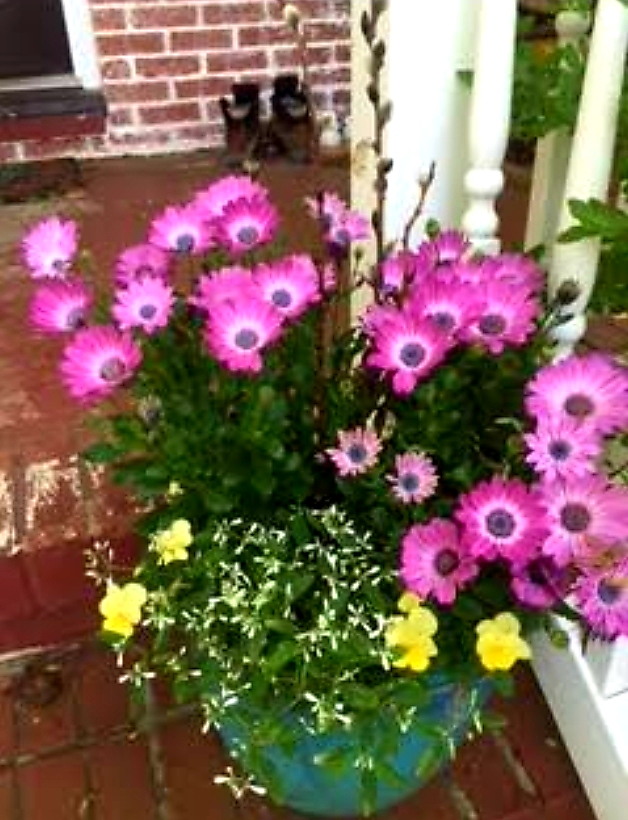
Ready, Set, Garden!
By Tammy Thornton
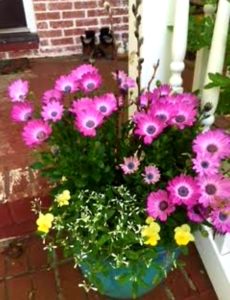
Mother’s Day has come and gone, which means I’m just finishing up a semesterful of laundry for two returning college kids, and finding creative ways to store the contents of two apartments in my little house. But for the South Jersey gardener, it also means it’s time to plant flowers!
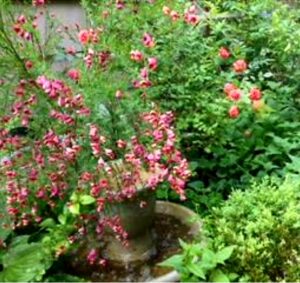
In our gardening zone (7) you can now safely plant annuals without fear of another frost. Our old friends the perennials, who come back every year, are the staples of the garden, but annuals provide loads of variety and pops of color.
For a sunny location, petunias come in many colors. They make a great addition to urns or as border flowers, and give off a wonderful scent. But try their little cousins, calibrachoa, in a flower pot. They are similar flowers with a charming appearance and a smaller bell, and look lovely coupled with the lime-green of a potato vine cascading down. Butterflies find lantana irresistible with its small clusters of aromatic florets. Soon you will see hummingbirds sampling them too.
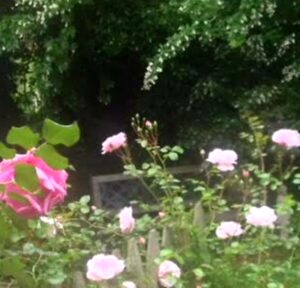
While your little winged friends are
visiting your lantana, offer them snap dragons, cleome, and salvia.
If you have a garden on the shady side, plant New Guinea impatiens or double impatiens. They aren’t affected by the downy mildew that has plagued the much adored
impatiens (walleriana) — previously the go to flower for shady spots. Honestly, I still plant the walleriana and haven’t had a problem, but check with your local nursery.
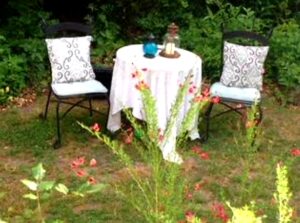
Begonias can also add color to a garden with partial sun; the double varieties have wonderful blooms. As an added bonus, you can dig them up when it gets too cold and bring them inside as a houseplant. Consider planting coleus in your shade garden.
This annual doesn’t need flowers to impress, as it is known for it’s amazing foliage.
Coleus has wonderful shades of chartreuse and burgundy. Combine them with your shade-loving flowers in complementary colors and you will look like a master gardener.
Take a walk back on the sunny side and try one of my favorite annuals. Although they sound more like a medical condition, osteospermum make up for their scary name
with beautiful daisy-like flowers. They come in purples and pinks and a myriad of other colors. I love the ones that are white with a purple center.
I’ll leave you with a fragrant finish. Sweet alyssum — sometimes known as sweet alison — is a tiny little flower used as a ground cover or in hanging baskets. Look for heat resistant varieties, plant them in mass, and enjoy the wonderful aroma of these
little dears. And just in time, don’t forget four o’clock flowers. They bloom in the afternoon (thus the name) and are very fragrant. Your hummingbirds will have another reason to linger. What a treat to stroll through a garden that can be enjoyed even when
you close your eyes.
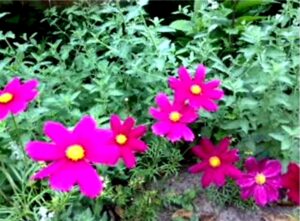
Ask the Gardener…
“When should I prune my lilacs?”
Thank you for your question, Anna M. Lilacs start setting up for the following season immediately after flowering. Prune your lilacs after the last flower fades and turns brown. If you prune later than right after bloom, you may be cutting off the buds and potential for next season’s flowers. Cut the stem below the bloom –between the “Y” that has formed.
Use this time to thin out branches so that air can circulate between them and prune branches that have gotten too high to keep it under control.
We would love to answer your gardening questions as well. Please send them to shorelocalnews@gmail.com

